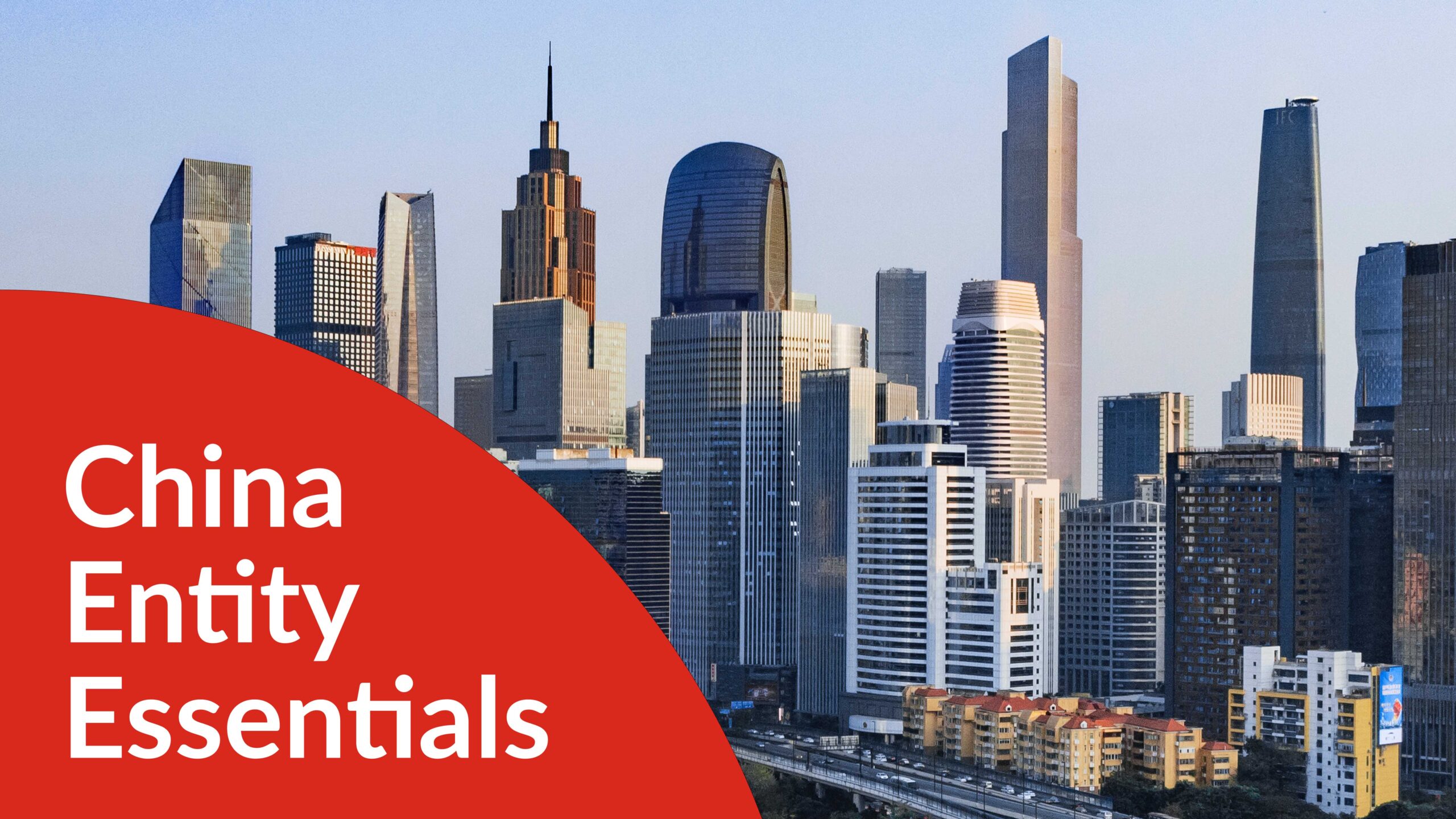On 11th November 2022, the Chinese government released a document outlining 20 updates to their COVID policies to begin regaining normality. While many updates are procedural or logistical, others signal a loosening of restrictions that mark a significant shift.
Here are the biggest changes that you should be aware of:
QUARANTINING CLOSE CONTACTS
Previously, people who had been in contact with someone who tested positive had to undergo quarantine and medical surveillance. With the updated rules, only people who have been in direct contact with the positive person have to quarantine. Secondary contacts (people who have been in contact with close contacts) are no longer under any restrictions, and the government has stopped trying to identify these secondary contacts post-infection.
THE QUARANTINE PERIOD
Under the updated guidelines, contacts must quarantine for five days, with an additional three days of home quarantine. During the home quarantine, the contact is not allowed to go out. This new quarantine sits in place of the three days of home health monitoring and seven days of centralised quarantine, so the overall restriction period has shortened.
REDEFINING RISK AREA
Whilst there were originally three categories: Low, Medium and High, there are now only two categories. Areas are either high or low risk.
CATEGORISING RISK
Officials reserve the term High risk for buildings with infected residents and places they frequently visit. If there are no new cases in the area for five days, the label will be removed, along with any restrictions. This new rule contrasts the previous approach, which could result in the government classing entire residential compounds as risk areas.
COVID TEST
Covid-19 tests will only be done on people at risk of infection if there hasn’t been an outbreak. Therefore, an entire area will no longer require tests. Instead, areas should only carry out mass testing if the source and chains of infection and transmission need to be clarified.
FLYING
If 4% of passengers on an international flight route test positive for coronavirus, that particular route gets suspended for a week. Additionally, If 8% of passengers were infected, old guidance meant that airports stopped flights on that route for two weeks. Under revised Coronavirus restrictions, airlines will no longer cancel flights.
COVID TESTS FOR FLIGHTS
Under the new laws, inbound travellers only need negative nucleic acid testing results taken 48 hours before boarding. This requirement is much simpler than the two tests taken within 48 hours that airlines previously required. Instead, passengers must take a nucleic acid test 24 hours before boarding.
CT VALUES
Previously, passengers that tested positive may still have to take a nucleic acid test for a second time when they arrive at their destination. If an individual tests positive, staff measured their cycle threshold (Ct) value* if an individual tested positive.
The Ct value shows how much of the virus remains in the patient, and the value needed to receive the all-clear is ≥35 (per new guidance). Therefore, positive cases with a Ct value between 35 and 40 will not have to quarantine for longer as they did previously.
QUARANTINE
Travellers entering China only have to quarantine for five days instead of 7. Passengers will have to take four PCR tests on days 1, 2, 3 and 5, and then again on the 1st and 3rd day of home quarantine. They cannot leave home for three days of quarantine and are assigned a code.
INDIVIDUALS EXEMPT FROM QUARANTINE
Individuals entering China for business or sports will be transferred to closed-loop management areas, making them exempt from quarantine. However, they will not be allowed to leave the site and must accept booster shots. These measurements are a significant advancement on the previous no-exemption policy.
Other noteworthy changes involve entering public premises. According to China News Week, many places, alongside the bus and metro, no longer require negative nucleic acid tests. “Instead, residents of the city only have to show a green health kit to enter certain places”.
Whilst many of these rules signify a move in the right direction, hotels still require a negative nucleic acid test, taken 48-72 hours prior. In addition, if you want to enter many places in Beijing, you will still need a nucleic acid test taken in that 48-72 hour window, and some venues even request a 24-hour one.
According to an article by Reuters, These harsher measures are likely a response to the surge in Covid cases. Case numbers in China surged to their highest since April, with “Beijing and the central city of Zhengzhou seeing record tallies”. However, whilst cases in China have soared, it is essential to note that they are “low by global standards.”
Sources: https://mp.weixin.qq.com/s/dXyPP-CJ6OgXuMRJyIEmqw
It is important to note that the domestic restrictions could change as China grapples with the highly infectious Omicron variant. In order to stay on top of the latest updates, follow us on Linkedin to receive our weekly China Covid updates and how it impacts domestic travel.
Are you planning a return to China? Get in touch here for more travel advice.



